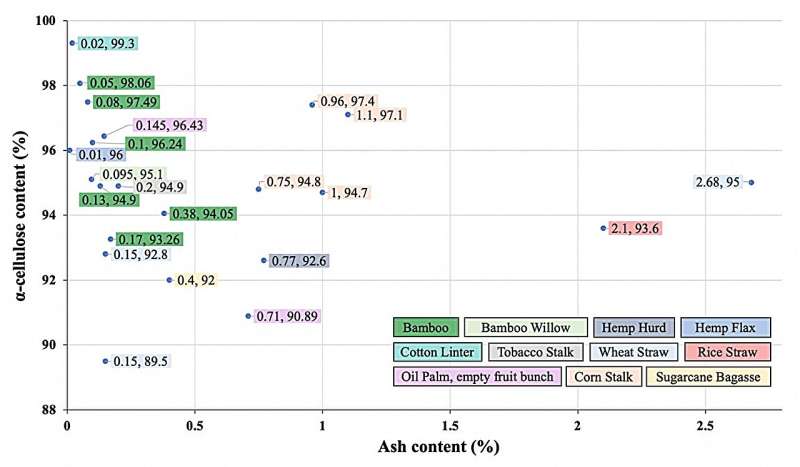
The global population has grown to exceed 8 billion, and the demand for textiles has increased with it. Common synthetic fibers like polyester can be manufactured quickly and cheaply, but their negative environmental impacts are becoming increasingly concerning. Although a natural and biodegradable fiber, cotton requires sizable land and water use, which also stresses the environment.
Land in the future will be important for food crops and development to feed and shelter the growing population, and planting more non-food crops like cotton will take away from the already dwindling available land.
Textile manufacturers are under tremendous pressure to make more and more textile fiber without bringing about any additional environmental burden. Fiber recycling has played an important role and could serve as part of the solution, but this area is still emerging and needs more infrastructure, buy-in from brands, and high levels of organization and cooperation.
Therefore, the authors have proposed using waste materials such as agricultural residues, recycled paper and board, and old cotton textile waste as raw materials for regenerative textile manufacturing. Thus far, no study has evaluated the potential of such waste sources for textile applications comprehensively.
"The article mostly focuses on the potential of agricultural residues, as these waste sources have well-documented volumes and could serve as a good solution to the shortage of fiber in the United States," explains Ph.D. candidate Ryen Frazier, who led the research on this topic.

Ryen's work is part of a larger research consortium named SAFI (Sustainable and Alternative Fibers Initiative), led by her research advisor at North Carolina State University. SAFI is a global initiative for sustainable fiber development that focuses on researching, developing, and utilizing alternative fibers to manufacture a myriad of sustainable products.
"Although the raw materials can vary in chemical and physical properties, if we understand the differences, we may be able to use this to our advantage to tune properties in the final textile fibers or to prioritize one feedstock over another."
The authors conclude that in North America, soybean, wheat, rice, sorghum, and sugarcane residues are widely available and the most suitable candidates for textile conversion.
Recycled materials are also a good feedstock option for textiles. However, it should be emphasized that conventional pulping and conversion processes may not be suitable for these alternative fibers without modification or adaptation. The work identifies emerging technology options that might suit these alternative raw material sources.
The research is published in the Journal of Bioresources and Bioproducts.
More information: Ryen M. Frazier et al, Beyond Cotton and Polyester: An Evaluation of Emerging Feedstocks and Conversion Methods for the Future of Fashion Industry, Journal of Bioresources and Bioproducts (2024). DOI: 10.1016/j.jobab.2024.01.001
Provided by Journal of Bioresources and Bioproducts
Citation: Beyond cotton and polyester: Evaluating emerging feedstocks and conversion methods for the fashion industry (2024, January 10) retrieved 10 January 2024 from https://techxplore.com/news/2024-01-cotton-polyester-emerging-feedstocks-conversion.html
This document is subject to copyright. Apart from any fair dealing for the purpose of private study or research, no part may be reproduced without the written permission. The content is provided for information purposes only.
